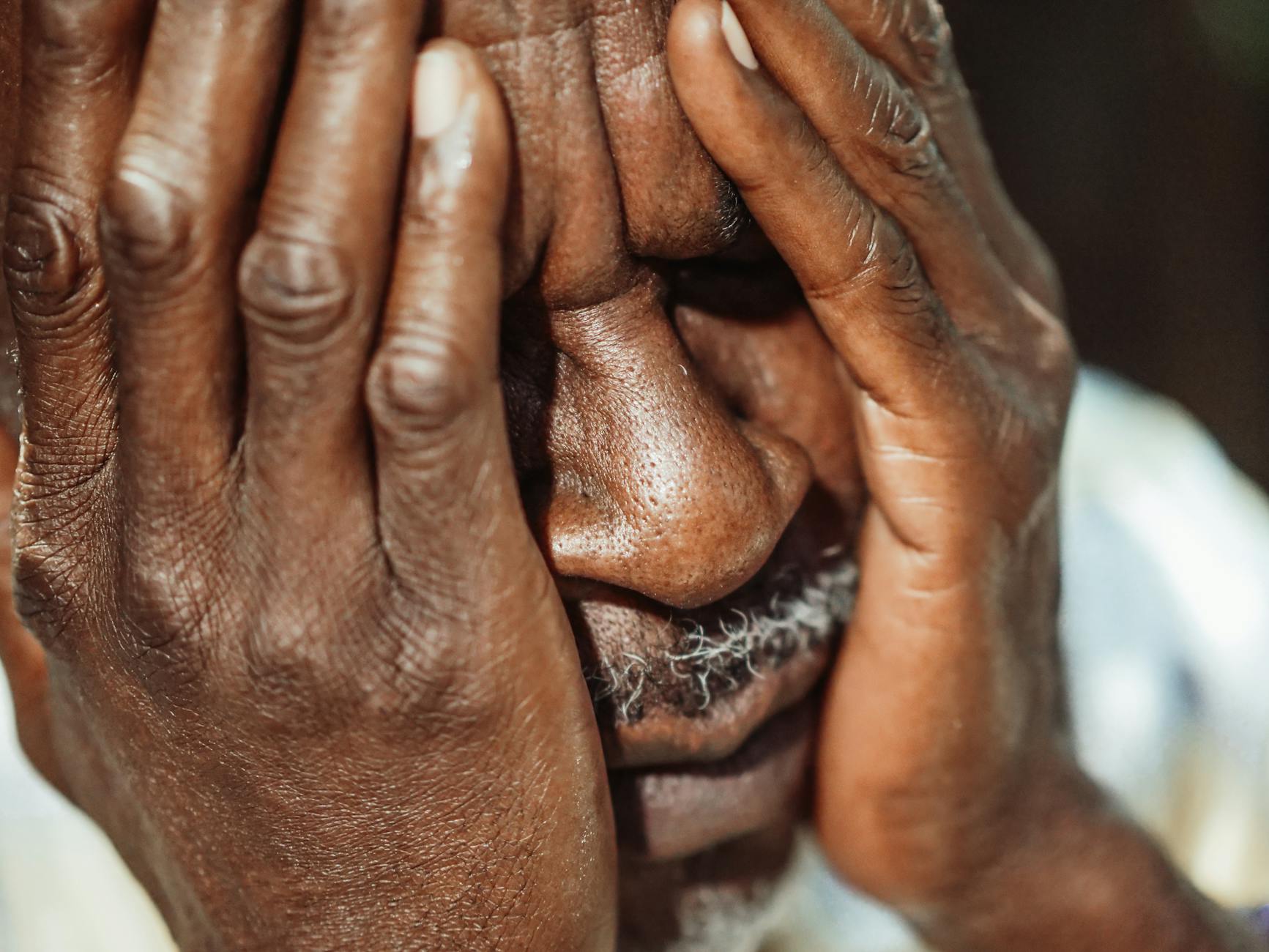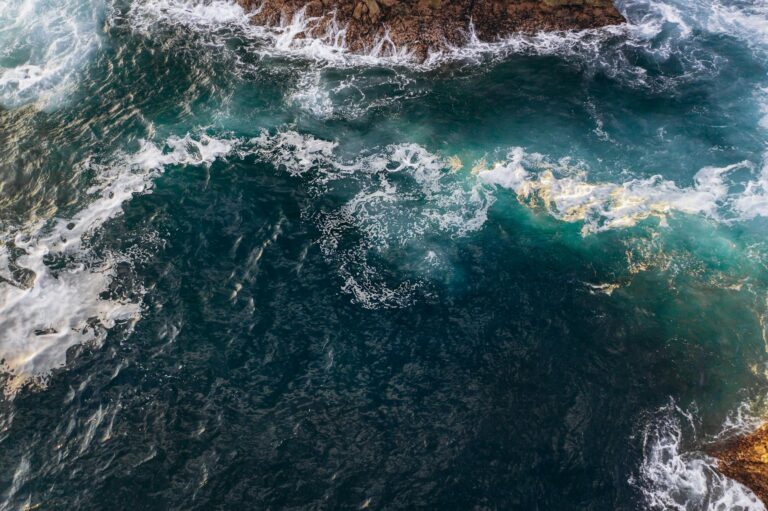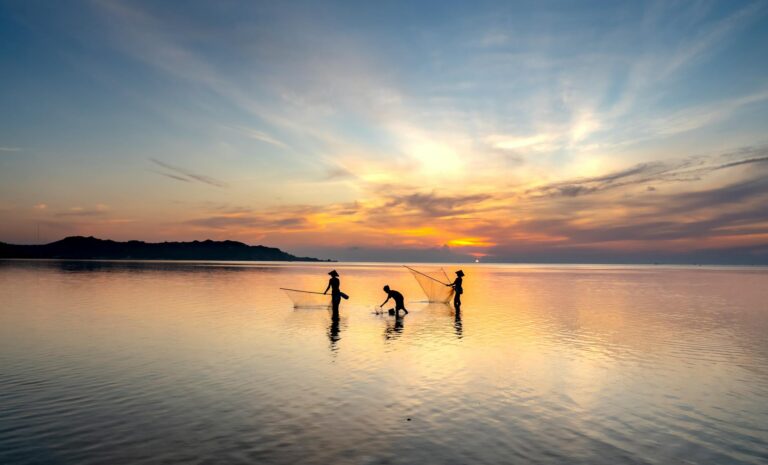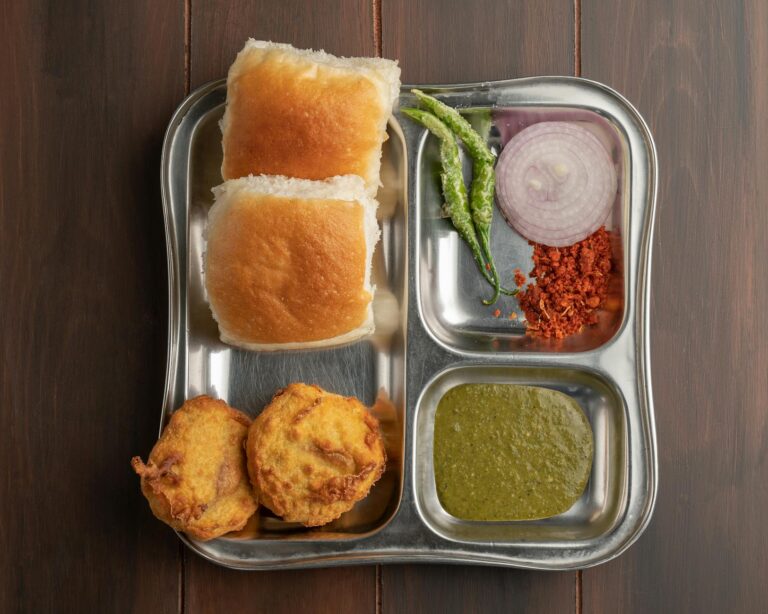Himachal’s Heartbreak: When the Skies Opened Too Wide
You know how people say the mountains are peaceful? Tell that to the families in Kangra right now. Two dead—just like that—and twenty more vanished into the muddy chaos near Khanyara yesterday. These weren’t tourists or adventurers, just laborers trying to earn a day’s wage at a small hydro project when the stream they’d worked beside for months suddenly turned on them. And here’s the thing: we keep calling these “natural disasters,” but when the same story repeats every monsoon, you’ve got to wonder how much is really nature’s fault.
How It Went Down
The Place Where Earth Moved
Manuni Khad—sounds pretty, doesn’t it? Normally it’s just a trickle cutting through Kangra district, the kind of spot where kids skip stones. But these aren’t normal times. The laborers—mostly migrants from Bihar and UP—were knee-deep in routine work when the water came. Not rising, not swelling—coming. Like someone had tipped over a bathtub upstream. Locals say they heard what sounded like thunder before the wall of water hit. Except it wasn’t thunder. And by then, running wasn’t an option.
Why This Time Was Different
IMD had warned about heavy rain, sure. But warnings and reality don’t always match up. What they think happened? A cloudburst—one of those freak weather tantrums—dumped a month’s rain in hours somewhere uphill. Combine that with the fact that half the slopes around here are stripped bare of trees, and you’ve got a recipe for disaster. “The mountains are bleeding,” an old-timer told me last night at the relief camp. And he didn’t mean it poetically.
The Human Cost
Names Behind the Numbers
Rajesh Kumar. Amit Thakur. Remember those names—32 and 28 years old, both sending money home to villages in Bihar. Now their families are getting calls no one wants to answer. As for the 20 missing? Entire villages near the site have turned into search parties, poking through debris with sticks and bare hands. Found one worker’s lunchbox yesterday—steel, dented, still with roti inside. Small things hit hardest.
The Rescuers’ Battle
NDRF teams are here, sure, but let’s be real—they’re fighting mud, time, and the weather itself. One guy I spoke to had been digging for 14 hours straight: “Every rock we lift, we’re afraid of what’s underneath.” They’re using drones now, but tech’s no match for terrain this brutal. And with more rain predicted? Let’s just say hope’s running thinner than the mountain air.
After the Deluge
Today’s Problems
Right now, it’s about basics—the main road to Khanyara’s washed out, so no supplies getting in. That hydro project? Gone. Which means 50 families just lost their income overnight. Met a woman boiling wild greens outside her collapsed house this morning. “At least the rain washed the pots clean,” she said. Dark humor’s how people cope here.
Tomorrow’s Troubles
Long-term? This isn’t just about one flood. Every landslide like this leaves the hills weaker for next time. And with climate change cranking up the heat—literally—the Himalayas are getting hit harder than most places. Scientists say the mountains are warming faster than the plains. Which means more rain, less snow, and ground that can’t hold together. But try telling that to a contractor eyeing the next construction project.
What Comes Next?
Official Response (Or Lack Thereof)
Authorities are doing the usual—orange alerts, SMS blasts, emergency numbers. Problem is, half the affected areas don’t have signal. There’s talk of better early warning systems, but we’ve heard that after every disaster since 2018. Meanwhile, the real heroes? Local kids running messages between cut-off villages on their bikes.
What You Can Actually Do
If you want to help, don’t just share posts. The state disaster authority needs funds for temporary shelters—monsoon’s barely started, and already 300+ families are homeless. Or better yet, pressure your local reps about sustainable development. Because here’s the uncomfortable truth: these “natural” disasters keep happening where we’ve messed with nature the most.
Bottom Line
We’ll bury the dead, find some of the missing, and in a month? Business as usual—until the next flood. But between you and me, that’s the cycle we need to break. The mountains aren’t getting any younger, and neither are we. Time to start listening to what they’re screaming at us.
Need to Help? Here’s How:
- NDRF Hotline: 011-24363260 (They’re overwhelmed, so only call if urgent)
- Local Aid: Kangra Disaster Relief Camp taking donations at GPO Dharamshala
- Online: Himachal State Disaster Management Authority (But check twice—scammers love crises)
*Names changed where families requested privacy
Source: Hindustan Times – India News










